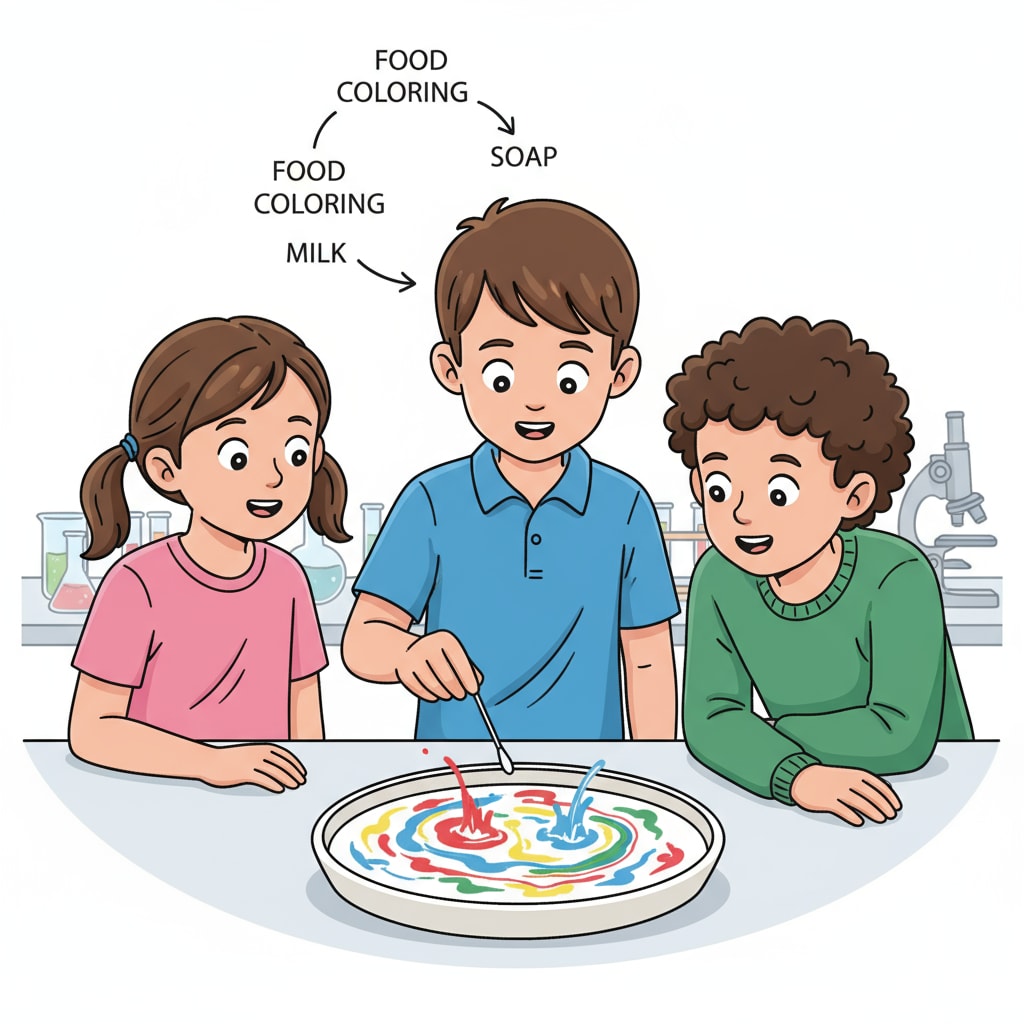Science exhibition projects are a great way to introduce primary school students to the wonders of science. These simple experiments not only spark curiosity but also lay a foundation for a love of learning. Let’s explore some engaging projects suitable for young learners.
Experiment 1: The Dancing Salt
This experiment is all about sound waves. For this, you’ll need a shallow bowl and some salt. Place the bowl in front of a speaker and sprinkle a thin layer of salt on it. Then, play some loud music. You’ll see the salt start to jump and dance! This is because sound waves from the speaker cause the air to vibrate, which in turn makes the salt move. It’s a fascinating way to introduce the concept of sound waves to young students. Sound wave on Wikipedia

Experiment 2: The Magic Milk
For this experiment, gather some milk, food coloring, and a cotton swab dipped in dish soap. Pour some milk into a shallow dish. Then, add a few drops of different food coloring to the milk. Now, touch the food coloring with the soapy cotton swab. Watch as the colors start to spread and create beautiful patterns. This happens because dish soap breaks the surface tension of the milk, allowing the food coloring to move freely. It’s a colorful and easy experiment for kids. Surface tension on Britannica

When guiding kids through these projects, it’s important to let them ask questions and make observations. Encourage them to record what they see and think about why it’s happening. This helps develop their scientific thinking skills.
As for evaluation, consider factors like how well the students understood the experiment, their ability to explain the scientific concept behind it, and their creativity in presenting the results. This way, they not only have fun but also learn valuable lessons in science.
Readability guidance: We’ve used short paragraphs and simple language to make this article easy to understand. Each experiment description is clear and straightforward, and we’ve included external links for further learning. By following these projects, primary school students can embark on an exciting science journey.


